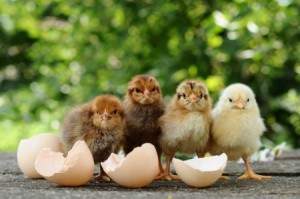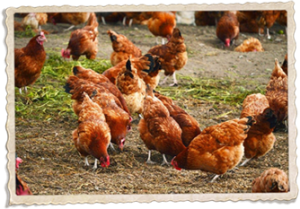At Chickens for Backyards, we offer fertile hatching eggs as well as incubation kits to our customers who are interested in mothering eggs themselves. Keep in mind, however, that motherhood can be tough, for chickens and humans alike, and if you’re new to raising backyard chickens, you may be unsure how to start incubating your eggs. So, here are some of the basics to get you started:
Buying an Incubator
There are many different incubator models available on the market. They can range from fully automatic incubators to ones you build yourself. While DIY incubators are cheap, they’re also unreliable and should only be attempted by the pros. For a beginner, you’re better off buying an incubator with automatic controls, or at the very least, an incubator with some automatic controls and some manual.
There are also forced-air incubators and still-air incubators. The main difference between the two is that forced-airs have fans that provide internal air circulation; still-airs, on the other hand, rely on the rise and escape of warm air, along with the entry of cool air, for their circulation.
At the end of the day, though, you should plan on buying an incubator that fits your needs.
Setting Up Your Incubator
You should have your incubator up and running at least three days before your hatching eggs arrive, with eggs incubating within 1-2 days of their arrival. The temperature for forced-air incubators should be kept at 99.5 degrees, while still-air incubators should stay at 101.5 degrees at all times—no more, no less. Humidity should be maintained at 58%, then 60% in the final two days before hatching. If you’re measuring humidity by wet-bulb reading, then aim for an 87% reading, and then 89% in the final two days before hatching.
Incubating Your Eggs
Once your incubator is set up and your eggs are placed inside, it should take about 21 days for the eggs to hatch. Eggs should be placed in the turner with their larger end up, and they should be turned 3 or 5 times per day at regular intervals. It can be difficult to keep track of which eggs have been turned, so draw an X on those that have been, and an O on those that haven’t. By day 18, however, stop turning your eggs and allow the chicks to position themselves for hatching.
By day 21 (or just about), you should find yourself the mother of several baby chicks. Congratulations! For more information on raising your newly hatched chicks, check out our care guide or contact us for more information.

